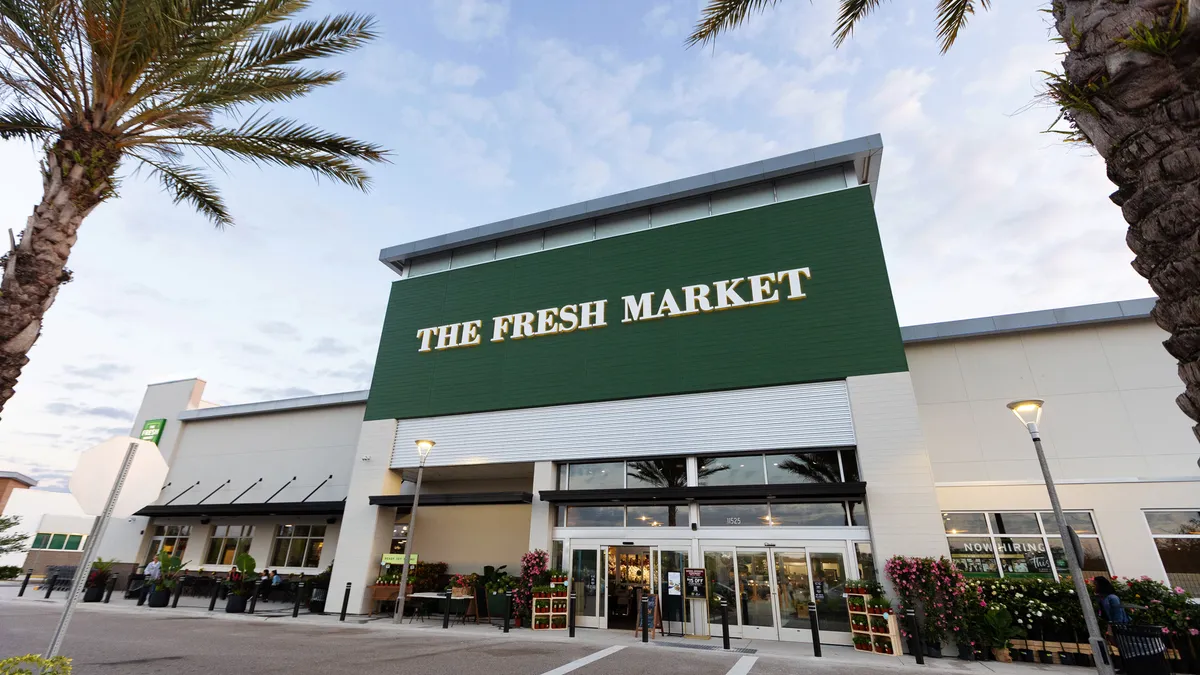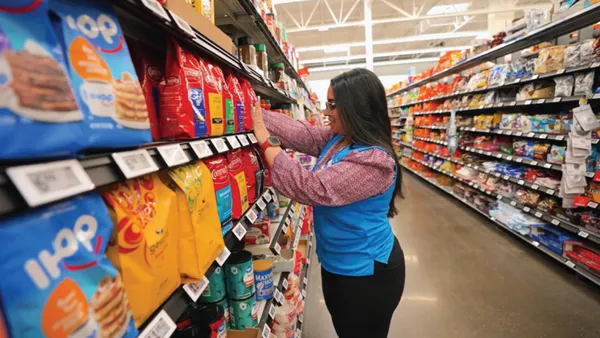Dive Brief:
- After months of promoting price cuts, Whole Foods’ has begun to raise prices on items like crackers, soap, cookies and ice cream, according to The Wall Street Journal. The increases range from 10 cents to several dollars, according to internal documents reviewed by the Journal. A company email from December itemized over 500 products that now feature higher prices.
- There are a few reasons for the price increases, starting with the expiration of contracts that stipulated price cuts on 700 products. Manufacturers have also raised their prices as a result of inflation. According to Acosta, grocery prices have steadily increased over the past five years and will continue to rise over the next one to two years.
- When asked to comment on the price hikes, a Whole Foods spokesperson told the Journal that the chain is offering new discounts and benefits for Prime members. The brand has also announced plans to open more store locations in 2019 targeting suburbs and new markets like Idaho, Wyoming, and Utah. The new locations will boast a large footprint at 45,000 square feet, hinting at plans for e-commerce order fulfillment capabilities.
Dive Insight:
Retailers across the country are having to raise prices, so this news isn't exactly a sign that Whole Foods is going back on its promise to make stores more financially accessible. But for a chain that's trying to reverse its pricey image, this could amount to a setback.
Grocery prices are on a five-year climb that shows no signs of stopping. Manufacturer’s rising costs are the primary culprit, leading to an average price bump of 7.8% in 2018 alone, according to Acosta. Some categories are being hit harder than others, including dairy, alcohol, health and beauty, grocery, bakery, and produce — many of the segments that make up the core of Whole Foods’ offerings.
In a statement, a Whole Foods spokesperson said: “Like all grocers, Whole Foods Market has experienced increased costs from suppliers due to materials, labor and transportation, and we’ve absorbed much of the inflation. Many prices have also decreased, and we continue to expand the number of promotions we offer to give our customers better value. We remain committed to continuing to lower prices with Amazon as we deliver on our mission to make high-quality, natural and organic food more affordable and accessible.”
Amazon has put a lot of promotional muscle behind Prime discounts meant to give Whole Foods a less spendy image. But recent price checks indicate the chain is struggling to move the needle. According to a report from Telsey Advisory Group cited by the Journal, a basket of 40 items bought last month totaled $191 — 3% more than just a few months prior.
Whole Foods will continue to offer new Prime deals and other price promotions, which rotate weekly, as Amazon seeks to boost traffic and bring more shoppers into its Prime ecosystem. Still, the news about these latest price increases could turn off shoppers who were hopeful that the infamously expensive store would become at least a bit cheaper. Some may even take it as a sign that Whole Foods will never be the primary store where they do the bulk of their food shopping, and that it's best to limit trips to rare items or special occasions.
Industry observers had lofty hopes for Amazon’s takeover of Whole Foods, but for the most part 2018 was underwhelming for the brand. However, Amazon is well-known for playing the long game and will continue to invest in pricing promotions and online shopping. Amazon's most recent earnings revealed a 3% drop in physical store sales but a 6% increase when factoring in a calendar shift and online shopping.













